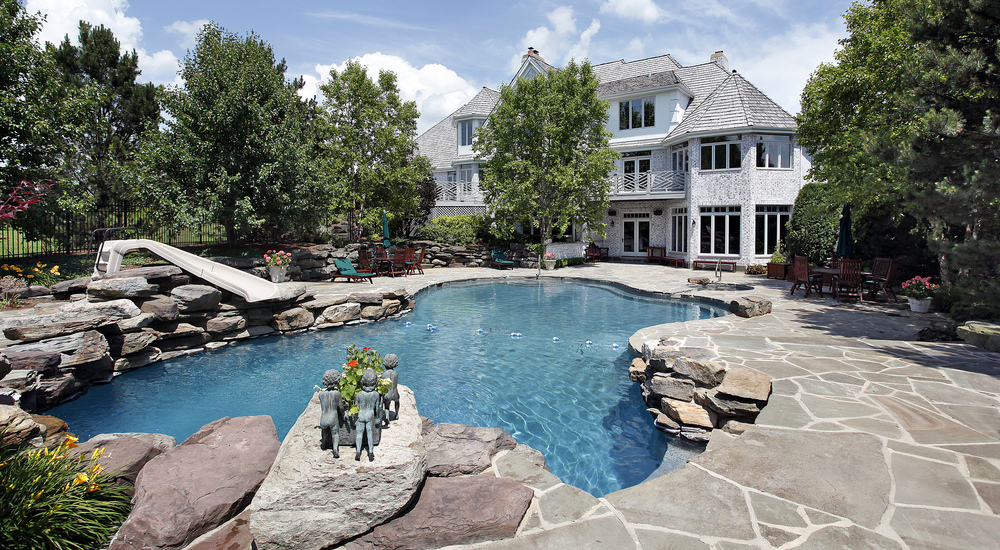Free Quote Call (817) 200-7693
When it comes to choosing the materials that will be used to create the foundation of your new swimming pool, vinyl liners and fiberglass shells are two options that are frequently used. Here we’ll take a look at some of the pros and cons regarding these two in ground pool materials.
 Most people think of a vinyl lined pool when they picture a residential swimming pool. Although vinyl lined pools are common, there are some pros to considering a fiberglass shell over a vinyl liner. Fiberglass has been used in pool construction for quite a long time, and one of the biggest pluses is their ease of installation. If you’re interested in having your pool installed in less than a week – fiberglass is your best bet.
Most people think of a vinyl lined pool when they picture a residential swimming pool. Although vinyl lined pools are common, there are some pros to considering a fiberglass shell over a vinyl liner. Fiberglass has been used in pool construction for quite a long time, and one of the biggest pluses is their ease of installation. If you’re interested in having your pool installed in less than a week – fiberglass is your best bet.
When fiberglass pools were first installed many years ago, there were limits on pool shape due to the fact that a fiberglass shell must be created and then put into the ground. Also, they only came in one very boring color as opposed to vinyl liners, which were and are available in endless varieties. As technology continues to improve, however, fiberglass pool options have increased. You can now customize a fiberglass shell’s shape and color which makes it a much more appealing choice.
Due to the way fiberglass is constructed, its floor and sides are exceptionally smooth and non-porous, leaving nowhere for algae to grow, unlike vinyl liners which can wrinkle. This will lead to less pool maintenance and lowered costs because you won’t need to buy as many chemicals to keep your pool looking great. The smoothness of fiberglass also means it will feel good against your feet and body as you swim, dive and play in your new pool.
Everyone knows that vinyl pool liners need to be replaced when they begin to get holes, tears, or show other general signs of wear, such as color fading. Because fiberglass is such a durable material, you’ll most likely never have to replace your pool’s shell due to wear and tear.
You should be aware, however, that it is possible for a fiberglass shell to develop problems that will need attention that good pool builders will have to give. Some of these problems include: bulging walls, significant surface cracks (usually caused by flying rocks), gel coat cracks, leaks caused by settling, sagging steps, and shifting of the entire shell. Although these problems are extremely rare, they can be quite difficult to repair if they do occur. Vinyl liners can be repaired or replaced without issue.
A vinyl lined pool can come in virtually any size and customized shape. Fiberglass shells still have size limits because the shell must be transported to your home. Additionally, some custom options, such as rock slides and grottos will not work well with a fiberglass shell. Lastly, although the installation cost for an in ground vinyl lined pool is significantly lower than that of a fiberglass pool, long term maintenance costs of a fiberglass pool will typically be much lower than those associated with a similar vinyl lined model.
